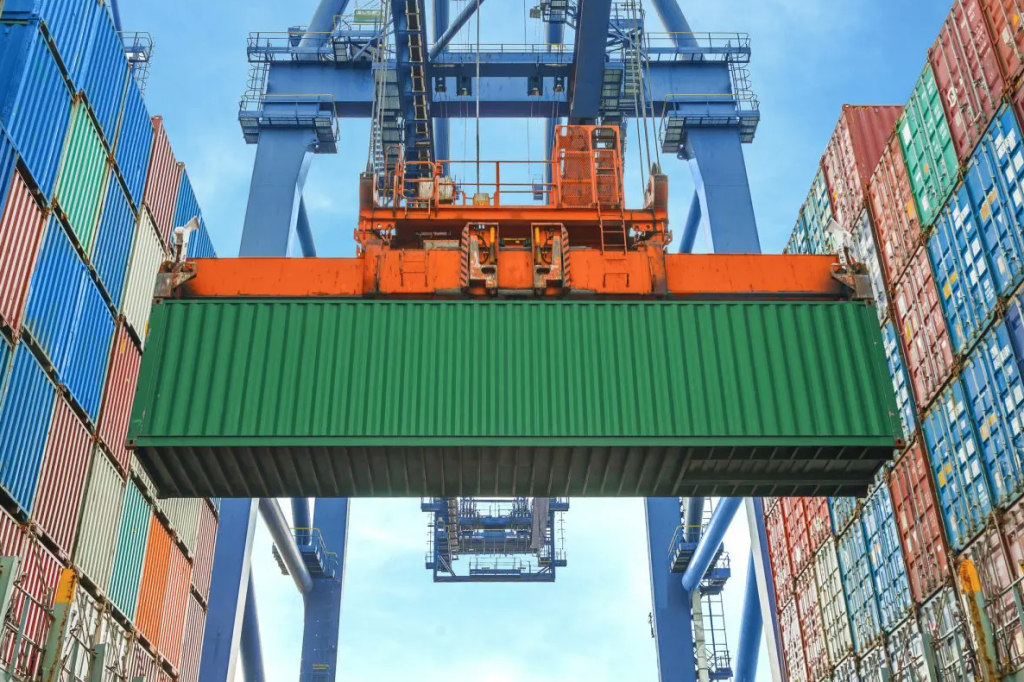Strasbourg gives the green light to the new text of the CO2 tax to the border with 450 yes, 115 no and 55 abstentions
(Sustainabilityenvironment.com) – The CBAM must go up to speed 3 years in advance and cover multiple sectors, including hydrogen, plastics and organic compounds such as methane, propane, and butane. It will also apply to indirect emissions (Scope 2). It will provide facilities for the most virtuous European companies, and its revenues will end entirely in investments in the least developed countries. It is the new face of the CO2 tax at the border, better known as the Carbon Border Adjustment Mechanism (CCM).
How does CBAM work?
Yesterday the European Parliament approved by 450 votes in favour, 115 against and 55 abstentions the amendments to the CBAM proposal presented by the Commission last July, one of the most innovative pieces of the legislative package Fit for 55. But it is also a very controversial measure that is not much appreciated by the EU’s major trading partners, starting with China but also beyond the Atlantic.
The idea behind the CO2 tax at the border is to defend European industry from foreign competition, which must not be subjected to demanding climate policies such as those of the EU. How? By applying an “adjustment” – in fact, a duty – to certain categories of imported goods from certain countries. European goods, in fact, incorporate the cost of the transition and could be at a disadvantage compared to those produced in countries with less environmental constraints, a lower or non-existent CO2 price, and a target for the reduction of milder greenhouse gases. CBAM, therefore, also has a second objective: to avoid the relocation of European industry (and emissions).
All the news about the CO2 tax at the border
With yesterday’s vote, the European Parliament made substantial changes to the CBAM. However, the new text is not the final one. The legislative process of the CO2 tax at the border will continue in the coming months with the start of negotiations between the EU Parliament and the Council, which may revise the legislative proposal. Let us look at the changes introduced by the Strasbourg Chamber in yesterday’s vote.
Multiple sectors – The new carbon adjustment mechanism at the border will not only cover the sectors originally proposed by the Commission, namely iron, steel, cement, fertilizers, aluminum and electricity generation. Strasbourg has also extended coverage to hydrogen, ammonia, plastic polymers and organic compounds. For the latter two, however, a technical evaluation by the Commission will be needed first.
It may seem like a contained change: quite the opposite. Only by adding plastic and organic compounds, the US export covered by the CO2 tax at the border is increased by 14 times, and the ones arriving from China by 4.5 times. If in Beijing they already perceived CBAM as a gun to the head, now they will end up with a bazooka.
Scope 2 – In the “embedded emissions” in incoming goods, CBAM will assess both direct emissions released during the production phase, as the Commission already wanted and part of indirect emissions or Scope 2. For indirect emissions, the new text refers to the generation of electricity used by companies in third countries (Article 3, §1, paragraph 28). To put it simply: countries with the dirtiest electricity mix will face greater penalties on goods exported to the EU.
Facilitations – CBAM will also touch on some goods leaving the EU space. The amendment provides for the facilitation of exports of the most virtuous European companies, that is, the most energy-efficient climate. Facilitations that will take the form of free EU ETS permits.
This is a very critical point because it can blow up the whole CO2 tax at the border. If ill-calibrated, the facilitation can trigger the WTO trap, which would reject the measure if it were a form of protectionism, even disguised (in this case, it could smell like an export subsidy). Parliament calls on the Commission to submit a detailed technical assessment by the end of 2025.
Proceeds – Another key point to overcome the WTO barrier is that of making CBAM revenues. The new proposal stipulates that the revenue from the carbon tax at the border ends up in the EU budget. But that, in the budget, at least a figure equal to CBAM revenue is allocated in the form of investment and aid to the least developed countries (LDC).
Entry into force – The Commission proposed 2035 as the date for the CBAM to go into operation, and the parliament anticipates to 2032 (in harmony with the reform of the EU ETS, also approved yesterday). In theory, however, it starts almost immediately. There is a transition period from 2023 to the end of 2026, in which companies will receive 100% CBAM certificates for free. Then the gradual start of the mechanism, with a downward modulation of the certificates given: 93% in 2027, 84% in 2028, 69% in 2029, 50% in 2030 and 25% in 2031. (lm)

